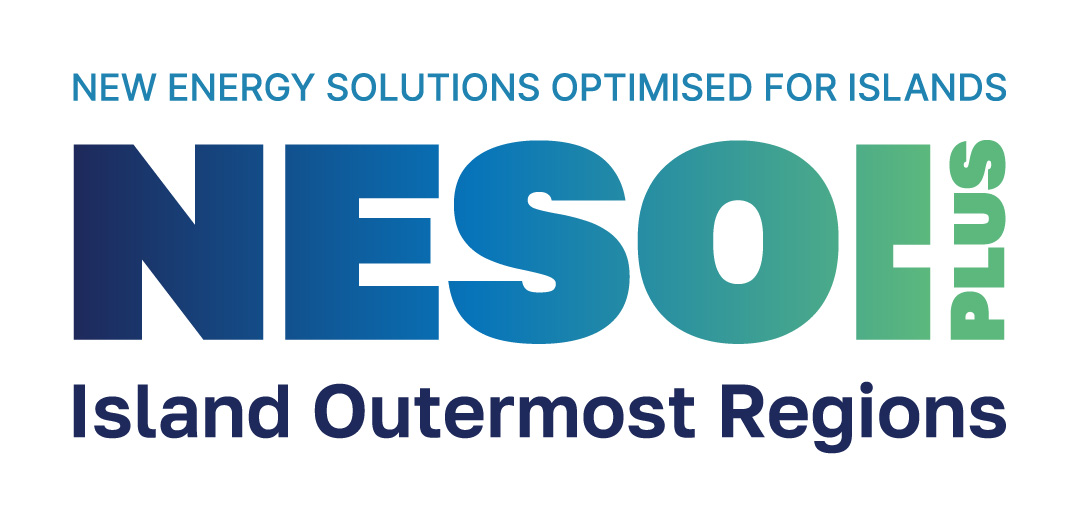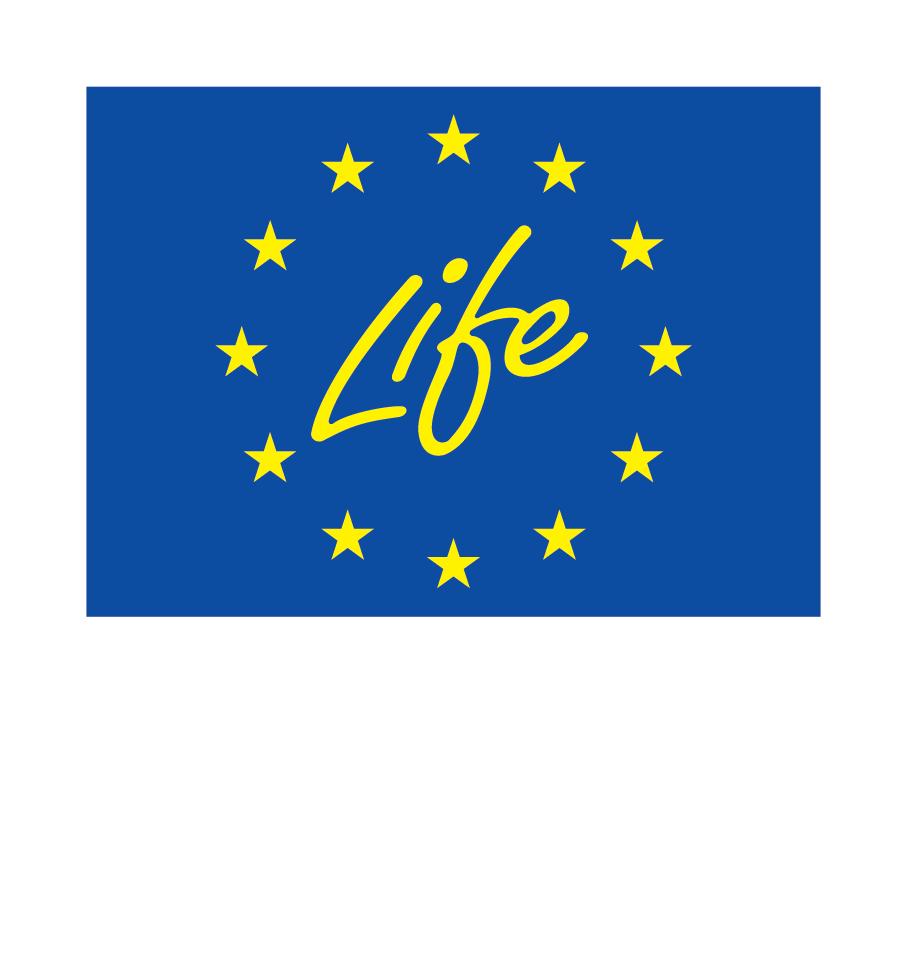Setup of First citizens' energy community in the Canary Islands (SOFIA) is a project supported by NESOI European Islands Facility, managed by our partners from circe, and promoted by EnergyRIS (Energy Research & Intelligence Solutions S.L.U.).
What is SOFIA?
EnergyRIS designed this project to allow citizens who live in communities, and have roofs on buildings which are not used, to become the prosumers of locally produced renewable energy. With this, the municipality of Adeje in Tenerife believed in potential of energy communities and, together with the company EnergyRIS, wants to investigate the feasibility and the potential of citizen and renewable energy communities, analysing several ways to increase the level of self-consumptions of citizens.
The main objectives of the project are to elaborate a feasibility study to establish energy communities around solar PV assets in Adeje; to calculate the GHG and pollution reduction potential and possible socio-economic impact; and to make a regulatory analysis and propose procedures.
SOFIA project has been well received locally. It allows for more wealth to stay on the island since local economic flows are generated through the trade of renewable energy. The defined communities in Adeje would create many new working places mainly to handle technical aspects and assist in setting the communities up, and citizens who participate in energy communities will get to know about the energy community concept and the benefits it brings, therefore they will advertise the project with conviction, making the initiative even more popular.
Finally, in SOFIA, the studied models should be completely replicable in other islands of the archipelagos and on the mainland, since there are not technical boundaries to the replication. The only difference would be in the payback times, as the Canary Islands have the highest solar irradiation and, therefore, lower levelised cost of energy.
SOFIA: Citizens and renewable energy communities
Despite receiving abundant solar radiation, the Canary Islands currently depend on fossil fuels for energy production, adversely affecting the environment and the desired green reputation of holiday destination. Furthermore, as these islands lack a direct connection to the mainland, the transportation of fuels exacerbates pollution and cost-related concerns.
To address these issues, a proposed solution involves establishing energy communities around PV assets installed on both public and private buildings which distribute energy to consumers located within a 2-kilometers radius.
The core idea is to designate a substantial PV site (99.9 KWp) on the rooftop of a municipal building in Adeje as the central hub for the community. This model could also be considered for evaluation if private community members wish to install their own PV assets. Residents within the community would collectively utilize the public grid to consume the energy generated by these assets. Additionally, community members stand to benefit financially through reduced network fees and tolls for the electricity supplied from the low voltage power grid.
Expected environmental impacts
Annually, a reduction of 3.303 tons of fuel oil is achieved by harnessing the collective solar energy output from communities in Adeje and considering the overall primary energy consumption in Tenerife for power generation. Additionally, in relation to GHG emissions, 219 Ktons of CO2eq is avoided during guaranteed lifespan of the photovoltaic systems in Adeje.
How does NESOI support this project?
The European Islands Facility (NESOI) aims to unlock the potential of EU islands to become the locomotives of European Energy Transition. To do so, NESOI aims to mobilize more than €100 million of investment in sustainable energy projects to give EU islands the opportunity to implement energy technologies and innovative approaches, in a cost-competitive way.
More specifically, NESOI has provided the following support to the project:
- Identification of suitable technological options given existing project sizing requirements
- Definition of the required environmental permitting procedures
- Cost-Benefit, socioeconomic and environmental analysis
- Identification of the preferred option and corresponding definition of project inputs
- Risk analysis and identification of available mitigation strategies
- Assessment of existing procurement options
- Financial modelling and identification of target scenario
- Identification of financing/funding options, action plan
- Regulatory analysis and governance options on energy communities
MORE INFORMATION IN THE DEDICATED BROCHURE


